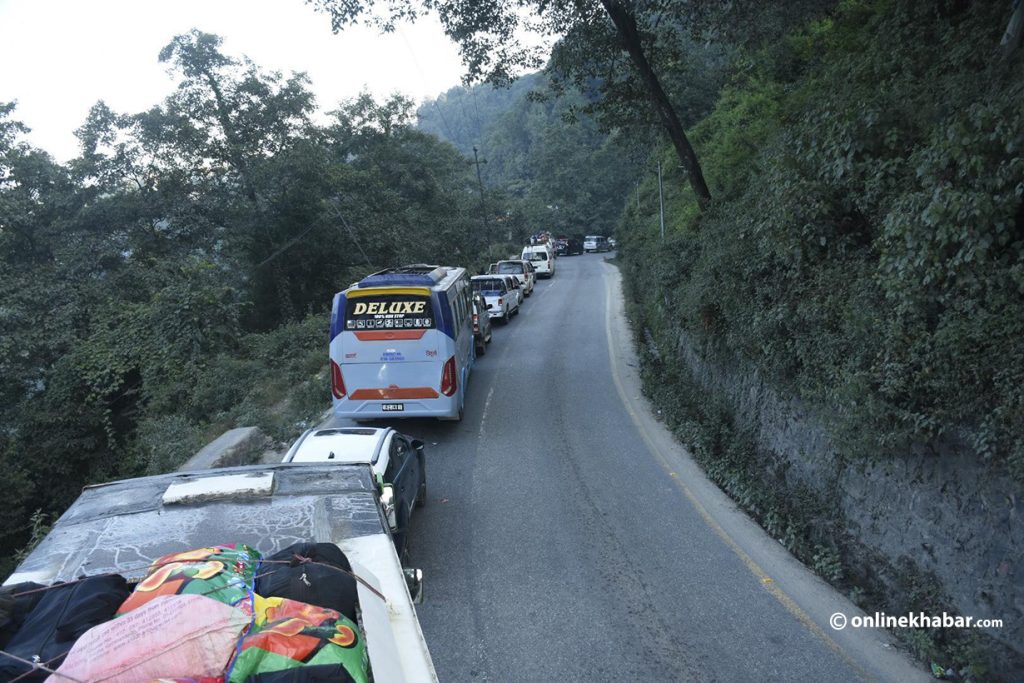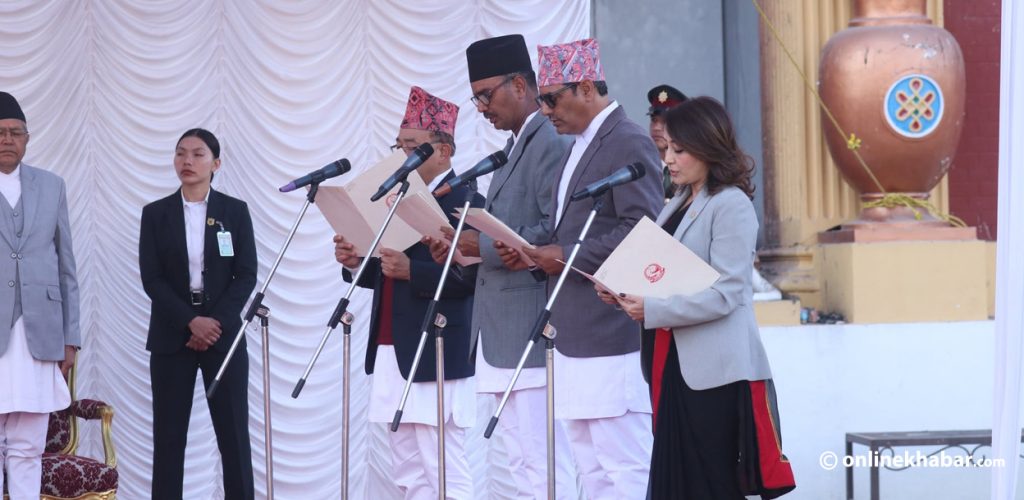
The conference of parties (COPs) is a crucial global event where representatives from countries around the world come together to discuss and negotiate actions to tackle problems facing the world. Whereas different bodies of the United Nations hold different COPs on issues such as biodiversity, the climate change COP is more known to the world.
Over the years, several key issues have emerged in the climate change COPs including the reduction of greenhouse gas emissions, adaptation measures and financial support for developing countries. However, it is important to note that the discussions and agreements made in COPs are only one piece of the puzzle in addressing climate change.
It is equally important for countries, organisations and individuals to take action beyond the conference rooms and implement sustainable practices in their daily lives to mitigate the impact of climate change.
The 27th Conference of the Parties to the United Nations Framework Convention on Climate Change (COP27) took place at Sharm el-Sheikh, a coastal city in Egypt from November 6 to November 20, 2022. Nepal also participated in various discussions during the CPN, after which officials said the government would make efforts to implement decisions of the mega meeting.
Now, four months have passed since the climate change COP27, and it is perhaps the right time to review the importance of the meeting for Nepal.
27th climate change COP
The 27th climate change COP featured high-level and side events, negotiations and press conferences, with over 100 heads of state and governments participating. More than 35,000 participants and several pavilions showcasing global climate action across various sectors were present at the conference.
The COP27 concluded with a significant decision to create and activate a loss and damage fund. After those two frenetic weeks of discussions and negotiations, the latest edition of the climate change COP ended with a mixture of acrimony, positivity, criticism, and jubilation.
Adaptation to climate change effects was a key focus of the climate change COP27, with negotiators agreeing to produce a report on progress toward doubling adaptation finance by 2025 for the COP28. The conference also released the Sharm el-Sheikh Implementation Plan, which included concrete promises for institutional investors to deliver the $4 trillion per year needed to invest in renewable energy up until 2030 to reach net zero emissions by 2050.

Other developments at the COP27 included 150 countries signing the Global Methane Pledge, Brazil symbolically re-joining global cooperation in the fight against climate change and increased pressure on multilateral development banks (MDBs) to be reformed and ‘fit for purpose’ to tackle the climate emergency.
What’s there for Nepal?
Being one of the mountainous countries highly vulnerable to the impact of climate change due to its sensitive geography, climate change adaptation, damages and losses, and climate finance were the major issues Nepal raised with priority in the climate change COP27.
Nepal is facing several challenges related to climate issues. These challenges include melting glaciers, which can cause devastating floods and droughts, as well as landslides that threaten human settlements and infrastructure.
The country also faces challenges related to deforestation and loss of biodiversity, leading to soil erosion, reduced water quality and decreased crop yields. Additionally, Nepal is highly vulnerable to natural disasters such as earthquakes and floods, which are likely to become more frequent and severe due to climate change.
The impacts of these challenges can have significant social, economic, and environmental consequences for Nepal’s people and its fragile ecosystems.
Though Nepal has implemented several solutions to address its climate challenges, these have not been enough. Some of these initiatives include promoting renewable energy sources such as hydroelectric and solar power; implementing programmes to reduce deforestation and promote reforestation, which helps to increase carbon sequestration and biodiversity; and establishing early warning systems and disaster preparedness measures to better manage and respond to natural disasters such as floods and landslides, among others.
Nepal can take several actions to fight against the present scenario of climate change issues. By investing in renewable energy sources such as hydroelectric and solar power, Nepal can reduce its dependence on fossil fuels and lower greenhouse gas emissions.
Initiatives to reduce deforestation and promote reforestation can increase carbon sequestration and preserve Nepal’s unique biodiversity. Nepal can invest in early warning systems, disaster preparedness measures, and climate-resilient infrastructure to better manage and respond to natural disasters such as floods and landslides.
Meanwhile, educating and engaging communities can raise awareness of the impacts of climate change and encourage individuals to take action to reduce their carbon footprint and promote sustainability.

COPs and beyond
The climate change COP27 did provide some positive moments, but it also fell short in numerous instances. Critically, COP27 was no different; it continued conventionally as before. No concrete progress has been achieved in closing the ambitious gap and keeping a rise in global temperatures to 1.5°C possible.
One major challenge COP faces is the lack of ambition by many countries. Despite the goals of the Paris Agreement, many countries have not set ambitious targets for reducing greenhouse gas emissions, and some have even backtracked on their previous commitments.
Despite commitments made at previous climate change COPs, there has been limited progress in implementing policies and actions to reduce greenhouse gas emissions and limit global warming. This is a major challenge to achieving the goals.
Furthermore, the impacts of climate change are disproportionately affecting the most vulnerable communities, who often have the least resources to adapt and mitigate its effects. This issue of inequity must be addressed through targeted policies and actions that prioritise the needs of these communities.
Another crucial issue is the need for greater investment in emerging markets. To date, much of the conversation and indeed investment towards climate adaptation and mitigation has centred only on developed nations.
Achieving net zero globally necessitates a global response getting more capital flowing to emerging markets. Yet regardless of what the COP process did or did not achieve this year, it is clear that there is more to be done in the run-up to climate change COP28, scheduled in November 2023 in the UAE.



















